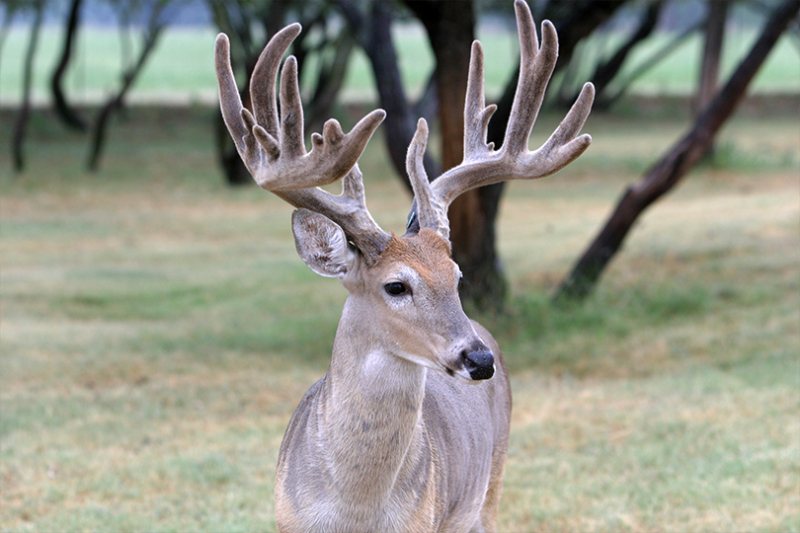Hunters have additional requirements for moving white-tailed deer, nilgai, antelope, black buck, axis deer and other exotic cervid hide-on carcasses, hides, capes or live animals from fever tick quarantine zones in South Texas.
Landowners, lessees, hunters or anyone harvesting, relocating or capturing native or exotic free-ranging animals on a quarantined premises are required to arrange for inspection and treatment of these animals.
A representative from the Texas Animal Health Commission (TAHC) or the U.S. Department of Agriculture (USDA) must inspect and treat carcasses, hides, capes or the animals themselves before they are removed from the premises.
“We aim to keep this process as simple as possible for hunters, while ensuring fever ticks are not spreading to unaffected parts of the state and country,” said Dr. Bud Dinges, TAHC executive director and state veterinarian. “We appreciate hunter diligence and vigilance to meet TAHC requirements by getting inspections before leaving a fever tick quarantine zone and playing a key role in protecting animal populations from this pest.”
Currently, fever tick quarantines are established in Brooks, Cameron, Starr, Val Verde, Webb, Willacy and Zapata counties.
Cattle fever tick quarantine zones help prevent the unintentional transmission of ticks to unaffected areas. Before moving an animal carcass or other parts, such as hides, capes or heads, from a quarantined premises, a permit must first be issued. Once issued, the movement permit must accompany the shipment at all times.
It is required to contact a county representative to get an inspection, carry out this process, and obtain this permit for movement.
For more information about fever ticks, fever tick wildlife inspection, and contact information to request TAHC and USDA wildlife inspections, visit tahc.texas.gov.


Leave A Comment